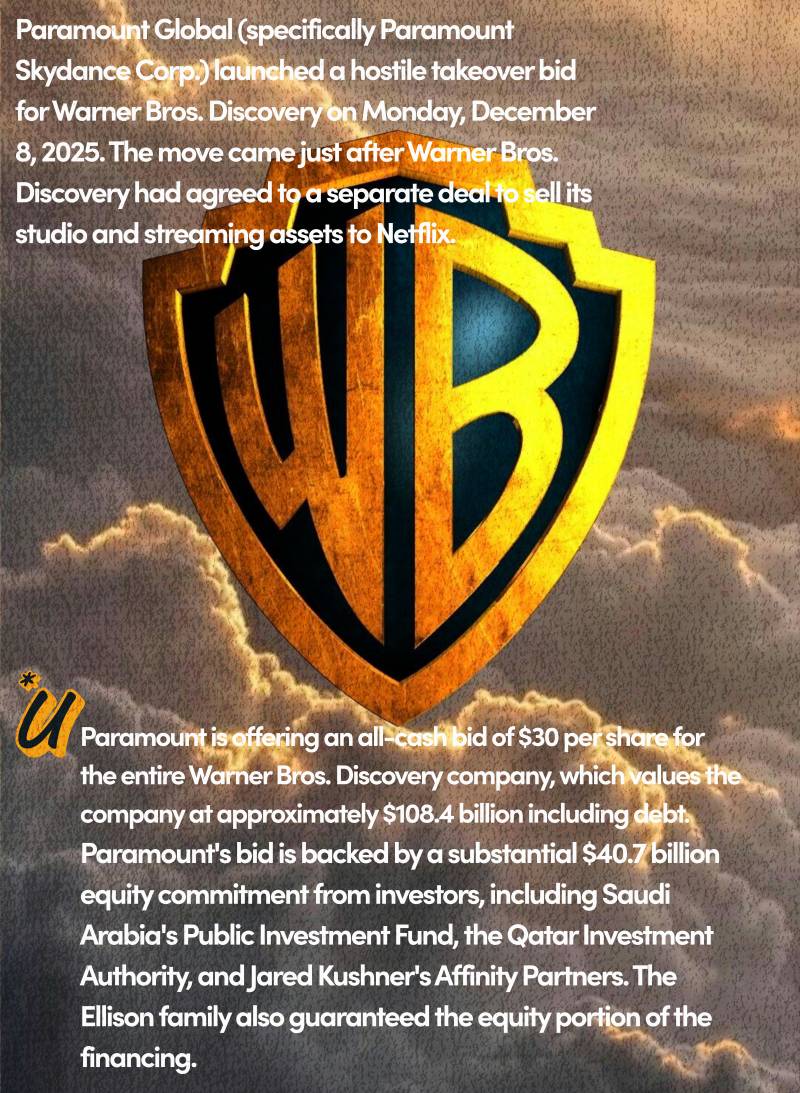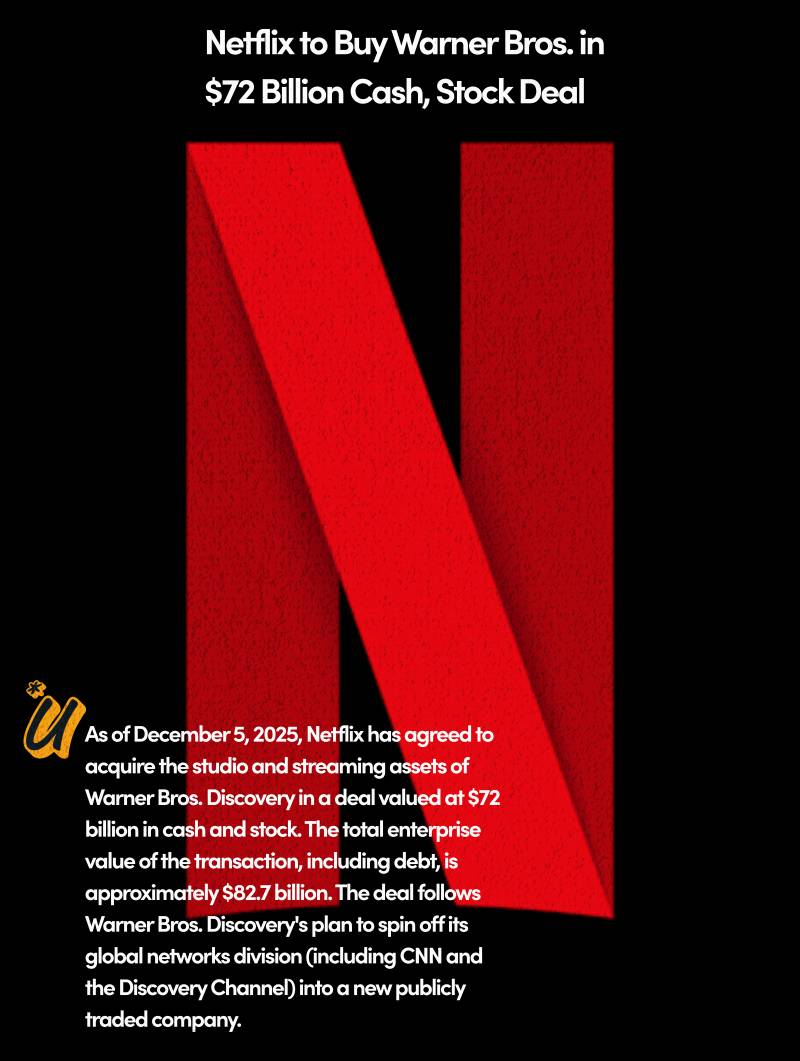Warner Bros. Discovery is undergoing a dramatic transformation, announcing plans to break itself into two distinct publicly traded companies—a bold structural shift aimed at increasing focus, agility, and competitiveness in the rapidly evolving media industry. The separation, officially revealed on June 9, 2025, is expected to be finalized by mid‑2026 and marks a strategic retreat from the vast, debt-laden conglomerate crafted in the $43 billion merger back in 2022.
One of the new entities, dubbed Streaming & Studios, will consolidate premium content assets including Warner Bros. Television, Warner Bros. Motion Picture Group, DC Studios, and HBO, with its streaming platform. Led by current CEO David Zaslav, this unit is positioned as the creative growth engine, aiming to scale HBO Max globally, produce high-quality films and series, and eventually hit an annual adjusted EBITDA goal of at least $3 billion. The revived brand emphasizes premium storytelling and taps into the studio’s extensive IP library.
Read Also: Tems - Prestigious Billboard Diamond Award
The companion company, Global Networks, will house legacy cable and digital networks—CNN, TNT Sports, Discovery networks across Europe, Bleacher Report, and Discovery+. CFO Gunnar Wiedenfels is set to lead this unit, which will be tasked with optimizing profitability and cash flow amid declining traditional pay-TV viewership.
The strategic rationale is clear: cord-cutting has hollowed out legacy cable businesses while streaming consumption grows, yet WBD’s unified structure has struggled with conflicting priorities and a crippling debt load. Holding nearly $38 billion in gross debt as of March, with more than $20 billion already paid, the company arranged a $17.5 billion bridge loan to support the split and re-capitalization.
Investor reaction has been mixed. WBD shares initially jumped up 13% in early trading, but closed nearly 3% lower, reflecting investor concerns over whether the split can solve structural issues or simply mask deeper weaknesses. Since the merger, WBD's stock has plummeted more than 60%, a stark reminder of the pressure from legacy costs, mounting debt, and aggressive competitors like Netflix, Amazon Prime Video, and Disney+.
Analysts view the split as a bid to “unstuck” the company. Media advisory firm Madison & Wall’s Brian Wieser warns the move won’t automatically fix core performance but might result in temporary disruption. Similarly, media analyst R “Ray” Wang notes that separating two distinct business models—studios/streaming versus traditional TV—allows each to pursue tailored strategies aligned with their unique market dynamics.
Beyond WBD, this move signals a broader trend in the entertainment industry. Comcast announced its plan to spin off cable networks, and other legacy players like Paramount and Disney are considered likely candidates for similar restructurings under pressure from streaming competition and investor demand.
Ultimately, the split hinges on disciplined execution. Streaming & Studios must aggressively invest in high-impact content to grow its subscriber base—currently around 122 million, with a target of 150 million by 2026—while Global Networks must streamline legacy operations and manage debt effectively. Both entities will need to delineate strong financial profiles to appeal to different investor bases and unlock shareholder value.
Warner Bros. Discovery’s strategic refocusing represents both an acknowledgment of its difficulties and a bet on future resilience. With two nimble companies targeting unique opportunities—global storytelling through film and streaming, and optimized profitability through networks—the split could mark the beginning of a new chapter in media. But success depends on execution, capital discipline, and the willingness to innovate in a fiercely competitive landscape.
Uphorial.



